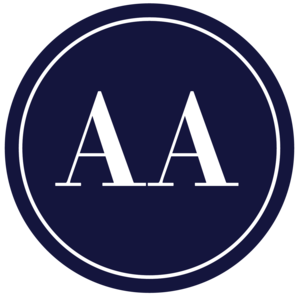CHOOSING THE RIGHT PAPER FOR YOUR PRINT PROJECT
Paper has been around forever. Dating back to your days as a young kid, you’ve been using paper non -stop from coloring books to school books, comics to novels. With the way technology has become a staple in our everyday lives, many forget how effective print ads can be and tend to overlook them. Here are 3 tips and factors to consider when choosing the perfect paper for your print add to help to get the most value as possible.
Which Type of Paper Should I Use?
Paper choice can greatly impact the end product and look of your project. Choosing the right paper is just as important as the words or images that go on it. Here are some questions to ask yourself when selecting your paper:
What’s the final product? Are you creating business cards, flyers, brochures, etc.?
How durable do you want your paper to be? Is this meant to be looked at and thrown away or do you want it to last weeks or even months?
What feeling do you want it to convey to customers? Are you going for a luxurious look or something cheap and cost-effective?
What will be going on the paper? For example, will there be large pictures and heavy text?
Should I Use Coated or Uncoated Paper?
When picking between coated and uncoated paper, there are a couple of things to consider. The first is what type of finish are you going to use. A few options are:
Gloss: high sheen, typically what you will see in a magazine
Dull: smooth, low gloss surface. A middle ground between glossy and matte
Matte: non-glossy look. Gives the paper a flat feel with little to no sheen. Matte papers give you a more opaque and slightly bulky feel.
Uncoated: A very bulky, soft-feeling, more porous stock. Popular for business cards
Generally, you will want to coat your paper if you want your end result to look sharp, especially if you want images and text to pop. If you choose to go with uncoated paper, you are most likely printing something that has a great deal of text going on it (like a book or newspaper. Uncoated paper still gives you are a variety of different colors, textures, weights, and finishes and is gaining popularity because of its “organic” look and feel as well as it being easier to recycle.
How Thick Should My Paper Be?
Weight and thickness go hand-in-hand when it comes to paper. It will either be referred to by its weight in pounds (ex. 20#) or in metric terms as GSM (grams per square meter) or by its thickness in points (10 PT). The more a sheet of paper weighs the thicker it typically is.
Here are some common paper weights and what they are used for:
Bond: One of the lightest paper weights. Includes translucent and opaque paper bonds. Copy paper commonly weighs 20# bond. 24# bond is perfect for user guides, training manuals etc.
Text: A light to medium feel. Envelopes usually weigh 70# text. The insides of booklets and marketing catalogs are typically 80# or 100# text stock
Cover: On the heavier side. Business cards are normally in this category and weigh 100 to 120# cover. Also used for booklet covers and higher-quality brochures
AA Global Printing
AA Global Printing specializes in paper and printing advertising and can optimize your project through our network of printing vendors around the world. For more information on our print services, give us a call at +1 (617) 581-0744.
